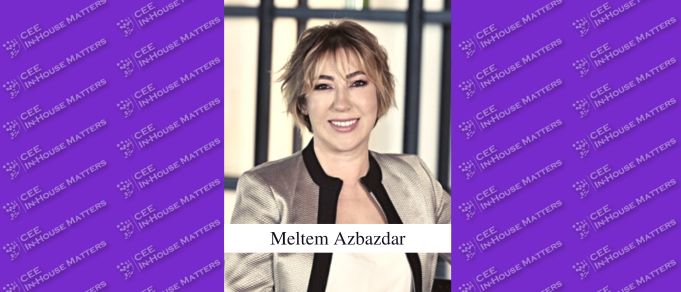The Slovenian real estate market is characterized by an excess of demand over supply, especially in the residential real estate sector, which has pushed property prices sky-high. Low interest rates on financing in recent years have led to a number of easy-profit-seeking (half-professional) investors – usually project companies building so-called “above-standard” construction.
No Slovenian regulation or case law defines the term “above-standard.” In most cases, buildings that had ceilings, doors, or windows larger than specified in the Rules on minimum technical requirements for the construction of apartment buildings and apartments, or where certain materials that were deemed “above-standard” by the investor, are advertised as “above-standard.” The same buildings, however, often have parking spaces built according to outdated minimum technical requirements, that are actually too small for modern vehicles and a modern standard of life. Building regulations are simply lagging behind the development of the building profession and the needs of life.
Given such state of the market, investors are seeking to maximize their profits by adhering to minimum technical standards of construction and adding a few centimeters here and there for the purpose of advertising “above-standard” construction. While the Protection of Buyers of Apartments and Single Occupancy Buildings Act protects consumers of apartments and single occupancy buildings in Slovenia against unfair business practices, buyers are often faced with the principle of “take it or leave it.” So, in a market with excess demand over supply and very few investors thinking about sustainability, how do we encourage investors to start building modern properties that are actually superior to the outdated minimum legal requirements rather than simply having ceilings a few centimeters higher?
The EU CSRD with ESG reporting requirements will certainly help if reporting is done consistently and the data from the reports is verified. Although around 99% of the Slovenian market consists of companies that are not directly subject to reporting under the EU CSRD, this directive indirectly targets all companies. In Slovenia, banks and insurance companies are the main lenders and issuers of instruments used in construction. Together with big export companies, they represent the 1% of Slovenian companies that have the obligation to report on their activity and their considerations on ESG. This means that when giving out loans, they will also be interested in how investors comply with ESG standards and how proposed construction follows the newest ESG practices – not just the profit margin.
While Slovenia has a large number of laws that set minimum environmental requirements for new buildings, we are still very far behind “above-standard” constructions from an ESG perspective. If the law sets the minimum required standards, only construction of buildings that go beyond these can be deemed as “above-standard.” Rarely anyone asks what the carbon footprint of the whole construction process is, how and where the materials for the construction were made, what materials are used and how long they will last, who makes up the supply chain of the investor, how suppliers and subcontractors take care of the protection and remuneration of their workers, what their reputation is, how investors treat their employees and share the profits, whether the investors take into account the sustainable environmental and social impact of their construction, whether they follow modern construction standards that go well beyond the minimum legal requirements, whether the construction is multifunctional and adapted to the aging population and their inclusion in society, whether the investor checks the source of the money of the cash buyers, etc.
All of the above are practices which, if followed by investors, would in fact constitute an “above-standard” building which would justify higher sales prices and substantially higher returns for the final buyer in the future. There already is a remarkable trend worldwide toward higher purchase and rental prices for so-called “green buildings,” which not only have significantly lower operating costs than outdated brownfield buildings but also retain more value in the long term. Green leases, in which the tenant and the landlord agree to comply with certain ESG practices, such as water and energy conservation, waste reductions, and other green building renovations, have already become a regular practice abroad. It is therefore high time that all investors in Slovenia begin with the construction of real “above-standard” buildings and see ESG not as an unnecessary cost but as an opportunity for more social responsibility, sustainability, and long-term higher value. Investors also need to understand that ESG needs to be implemented in every step of their real estate development project – from due diligence onward; otherwise, the market will start excluding them.
By Masa Kramar, Partner, Law Firm Senica & Partners
This article was originally published in Issue 11.2 of the CEE Legal Matters Magazine. If you would like to receive a hard copy of the magazine, you can subscribe here.
















